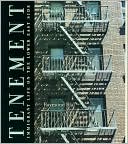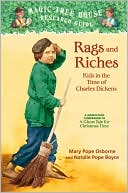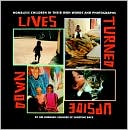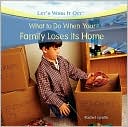Tenement: Immigrant Life on the Lower East Side
Search in google:
Life on the Lower East Side was bustling. Immigrants from many European countries had come to make a better life for themselves and their families in the United States. But the wages they earned were so low that they could afford only the most basic accommodations—tenements. Unfortunately, there were few laws protecting the residents of tenements, and landlords took advantage of this by allowing the buildings to become cramped and squalid. There was little the tenants could do; their only other choice was the street. Though most immigrants struggled in these buildings, many overcame a difficult start and saw generations after them move on to better apartments, homes, and lives. Raymond Bial reveals the first, challenging step in this process as he leads us on a tour of the sights and sounds of the Lower East Side, guiding us through the dark hallways, staircases, and rooms of the tenements.Publishers WeeklyAs the title suggests, Bial (The Underground Railroad) focuses this illuminating photoessay on the immigrants who settled on Manhattan's Lower East Side from the early 1800s to the 1930s. Rather than finding the fabled land of opportunity, many lived in poverty in rundown tenement flats plagued by poor ventilation, little light and inadequate sanitation. Through period photos as well as his own color shots (many taken at the Lower East Side Tenement Museum), the author describes and depicts typical cramped apartments. These two-room flats sometimes served as both living quarters (for a dozen or more people, often newly arrived relatives or paying boarders) and family "sweatshops." Bial touches on the sobering particulars: with no running water to allow residents to bathe or launder clothes properly, diseases were rampant, and so many babies died that tenements were known as "infant slaughterhouses." Historic photos, including many famous works by the reformer Jacob Riis, make the plight of these families startlingly real. Bial's conclusion, that most immigrants (or their children or grandchildren) eventually prospered, closes the volume on a positive note. Ages 8-12. (Aug.) Copyright 2002 Cahners Business Information.




